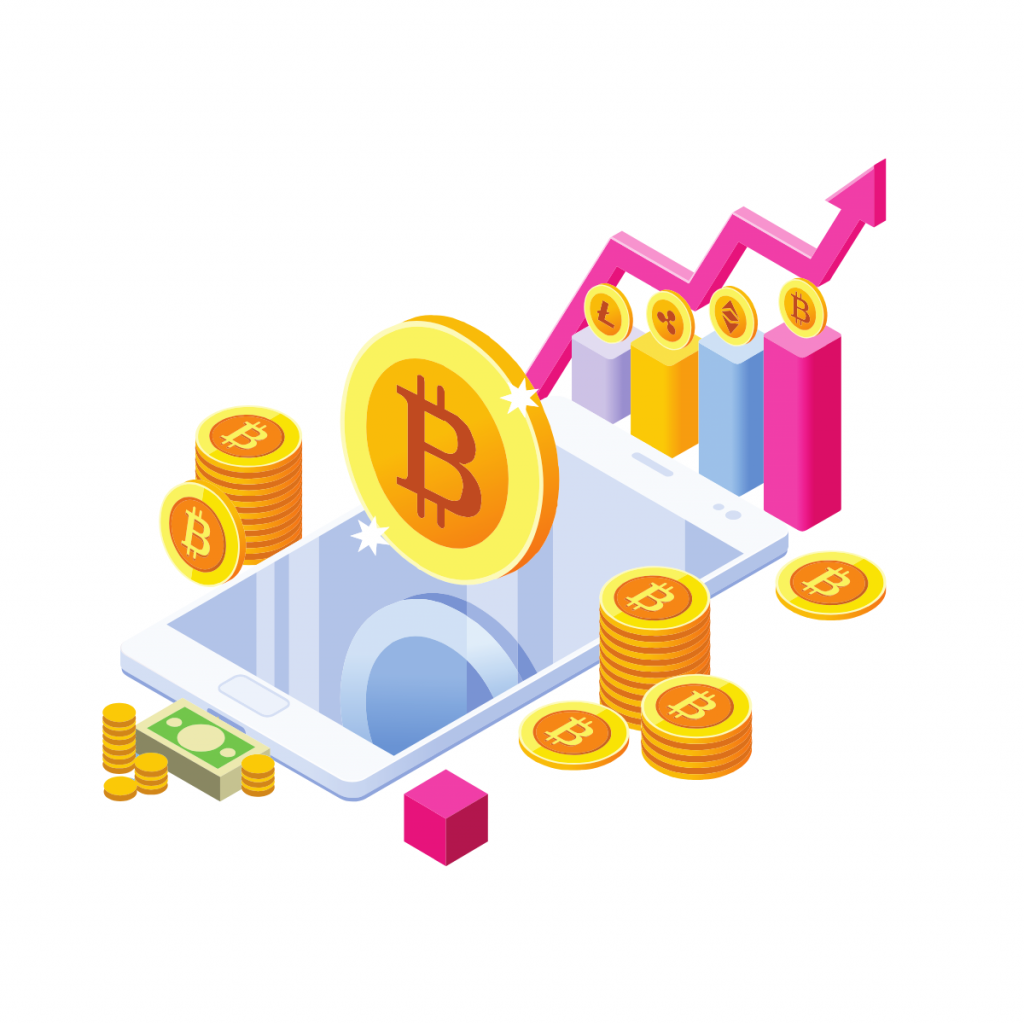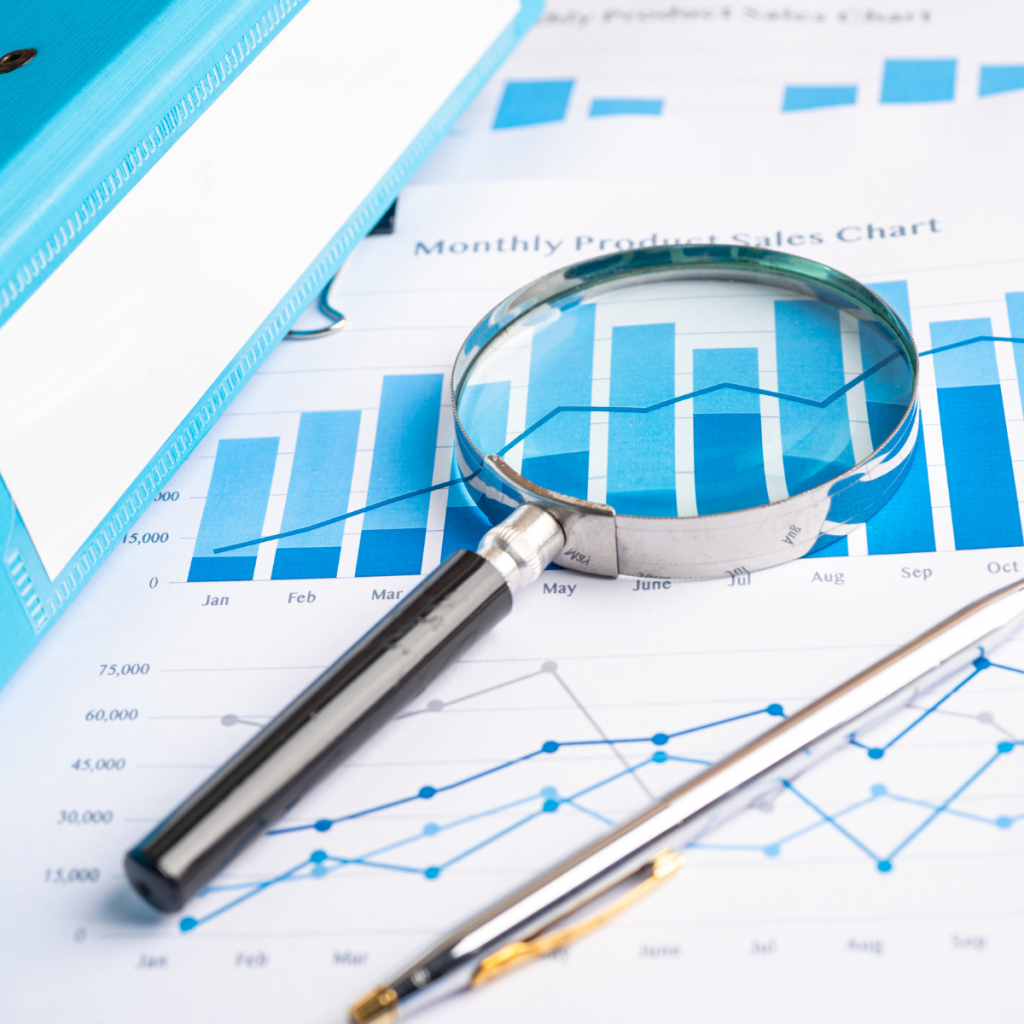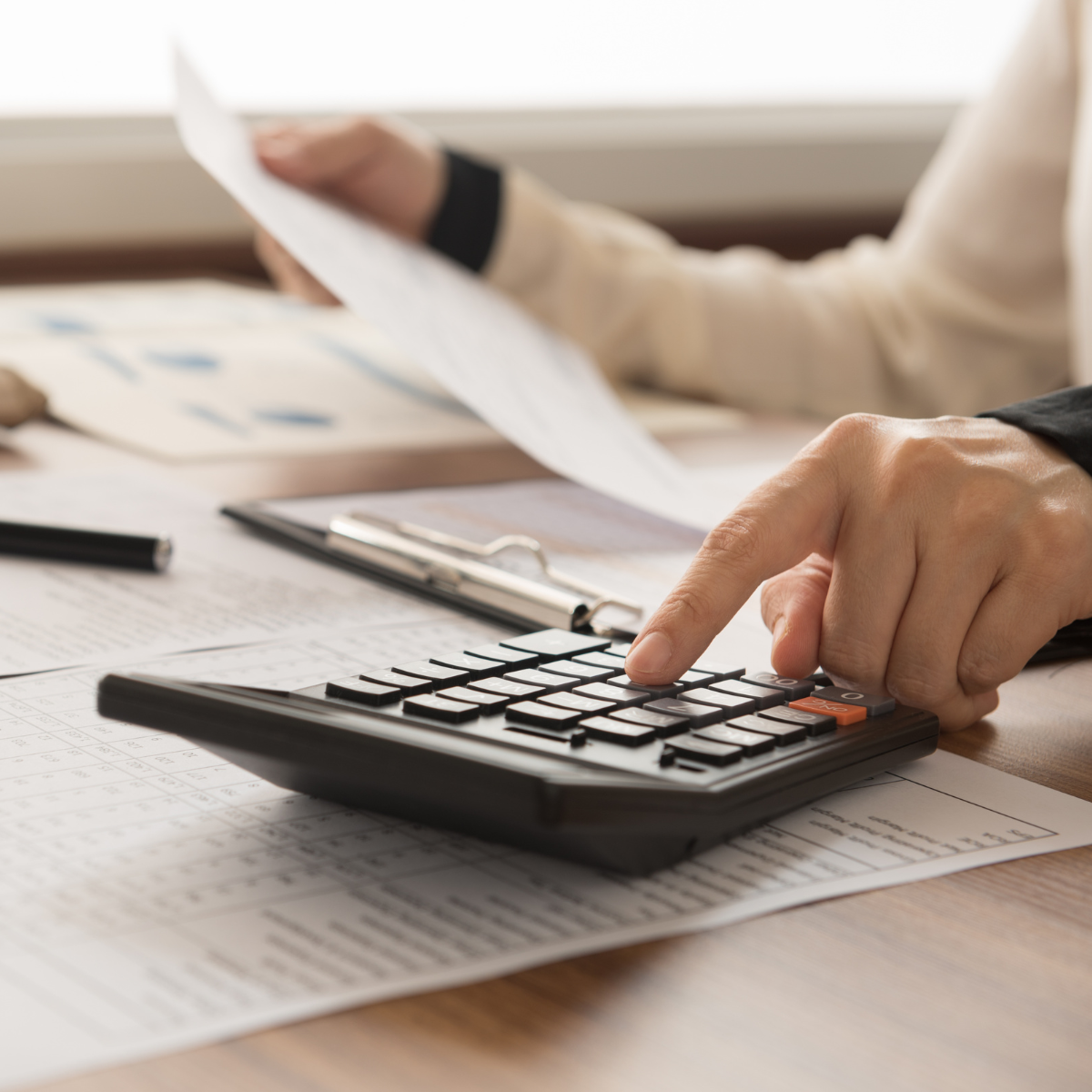Managing personal finances effectively can often feel like a daunting task, especially in today’s fast-paced world. Budgeting apps have emerged as valuable tools, simplifying the process of tracking income, controlling expenses, and planning for financial goals. Whether you want to save for a major purchase or get out of debt, the right app can make a significant difference. This guide highlights the top five budgeting apps designed to help you organize your finances and take control of your spending habits. With user-friendly interfaces and innovative features, these apps cater to various budgeting needs and preferences.
Why Use a Budgeting App?
Budgeting apps are powerful resources for maintaining financial health. They streamline money management and provide insights into your spending patterns.

- Accessibility: Track expenses from anywhere using your smartphone or tablet.
- Automation: Automatically categorize transactions and set up savings goals.
- Clarity: Gain a clear understanding of where your money goes each month.
With these advantages, budgeting apps can transform how you approach financial planning.
YNAB – You Need a Budget
You Need a Budget (YNAB) is a popular app that prioritizes proactive money management. It’s designed to help users assign every dollar a purpose, ensuring intentional spending.
Key Features:
- Real-time syncing across devices.
- Customized spending categories and goals.
- Comprehensive reports for tracking progress.
Why It Stands Out:
YNAB focuses on financial education, teaching users how to break the paycheck-to-paycheck cycle. The app also offers robust support, including workshops and tutorials.
If you’re committed to taking charge of your finances, YNAB provides the tools and guidance to make it happen.
Mint
Mint, by Intuit, is one of the most widely used budgeting apps thanks to its ease of use and versatility. It offers a complete snapshot of your finances in one place.
Key Features:
- Automatic categorization of transactions.
- Bill reminders and payment tracking.
- Credit score monitoring at no extra cost.
Why It Stands Out:
Mint’s ability to integrate with various financial accounts makes it a one-stop solution for money management. It’s perfect for users seeking an all-in-one app for budgeting and financial planning.
PocketGuard
PocketGuard simplifies budgeting by focusing on what you have available to spend after covering necessities and savings goals. It’s ideal for users who want a straightforward approach to managing their finances.
Key Features:
- “In My Pocket” feature for tracking disposable income.
- Linking to bank accounts for real-time updates.
- Tools to identify and reduce recurring expenses.
Why It Stands Out:
The app’s simplicity and focus on disposable income set it apart from competitors. PocketGuard helps users avoid overspending while maintaining financial flexibility.
Goodbudget
Goodbudget offers a modern take on the traditional envelope budgeting system. It’s excellent for individuals and families who prefer to allocate funds for specific purposes.
Key Features:
- Digital envelopes for tracking spending categories.
- Syncing across multiple devices for shared budgets.
- Manual transaction entry for hands-on control.
Why It Stands Out:
Goodbudget is perfect for users who want to stay involved in their budgeting process. Its straightforward interface encourages mindful spending and collaboration.
Personal Capital
For those who want to combine budgeting with investment tracking, Personal Capital is a fantastic choice. It provides a comprehensive view of your financial health.
Key Features:
- Budgeting tools integrated with investment tracking.
- Detailed reports on net worth and cash flow.
- Retirement planning calculators.
Why It Stands Out:
Personal Capital caters to users with more complex financial needs. It’s an excellent choice for individuals aiming to manage their budgets while monitoring long-term wealth growth.
Tips for Choosing the Best Budgeting App
With so many options available, selecting the right budgeting app can be overwhelming. Consider the following factors to make an informed decision:
- Ease of Use: Look for an app with a user-friendly interface that aligns with your tech skills.
- Features: Choose an app that offers tools tailored to your financial goals.
- Cost: Some apps are free, while others require a subscription. Pick one that fits your budget.
- Security: Ensure the app uses robust encryption to protect your personal information.
Testing out a few apps can help you find the one that best suits your needs.
Benefits of Using Budgeting Apps
Incorporating a budgeting app into your financial routine offers numerous advantages:

- Improved Awareness: Gain insights into spending habits and patterns.
- Time-Saving: Automated tracking eliminates the need for manual record-keeping.
- Financial Discipline: Set and stick to spending limits effortlessly.
- Goal Achievement: Track progress toward savings or debt repayment goals.
These benefits make budgeting apps an indispensable tool for anyone looking to improve their financial health.
Integrating Budgeting Apps Into Daily Life
To maximize the effectiveness of your budgeting app, integrate it seamlessly into your routine:
- Review Daily: Spend a few minutes each day updating and reviewing your app.
- Set Alerts: Enable notifications for bill reminders or low balances.
- Stay Consistent: Update transactions regularly to maintain accuracy.
Making the app part of your everyday habits ensures sustained financial success.
Final Thoughts
Budgeting apps are a game-changer for managing personal finances in today’s digital age. Whether you’re looking for detailed expense tracking or simplified money management, there’s an app to match your needs.By using tools like YNAB, Mint, PocketGuard, Goodbudget, or Personal Capital, you can take control of your spending and work toward your financial goals. Start exploring these apps today to find the one that aligns with your lifestyle and preferences. With the right budgeting app, financial clarity and security are just a few taps away.

Leave a Reply